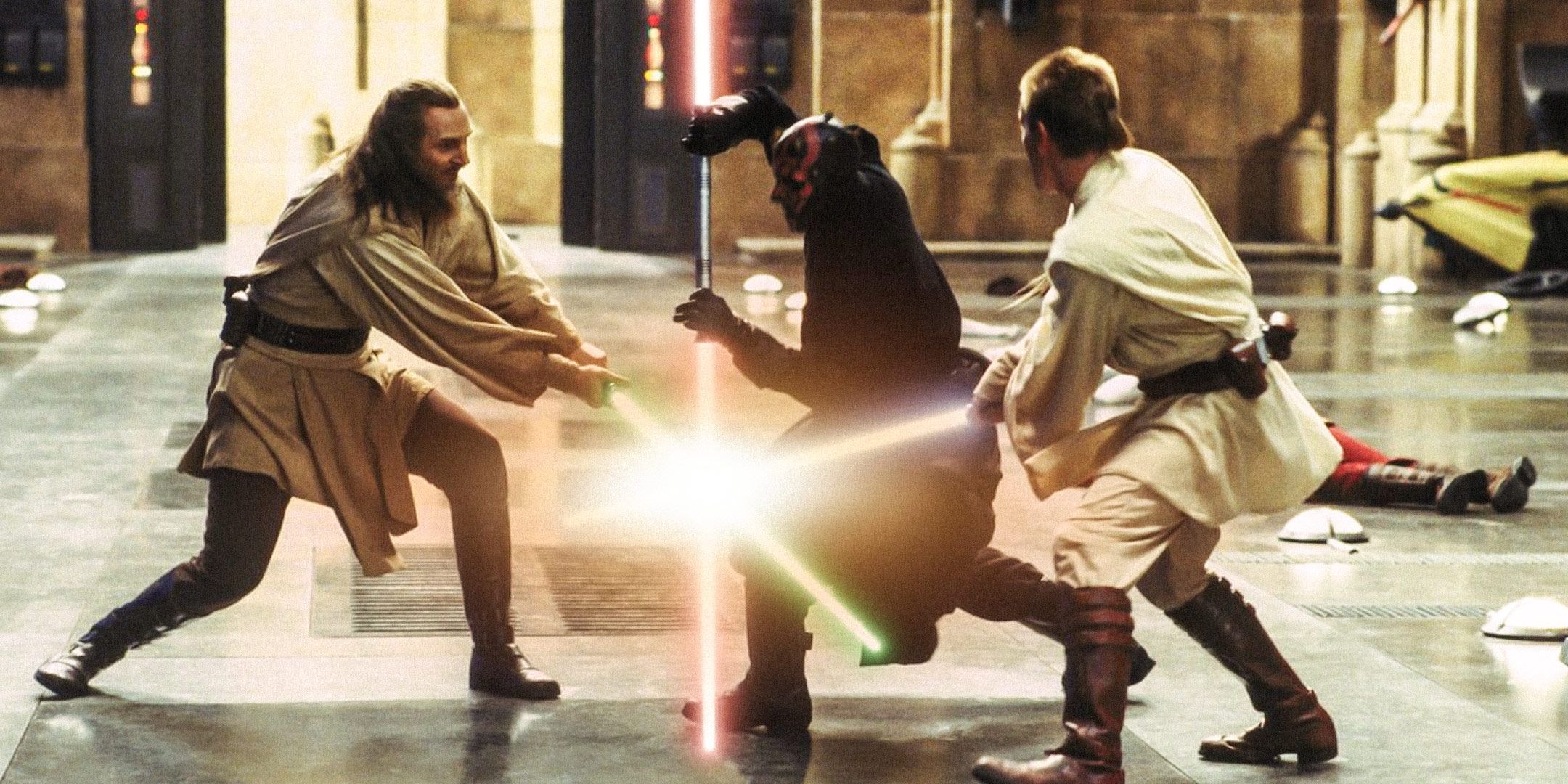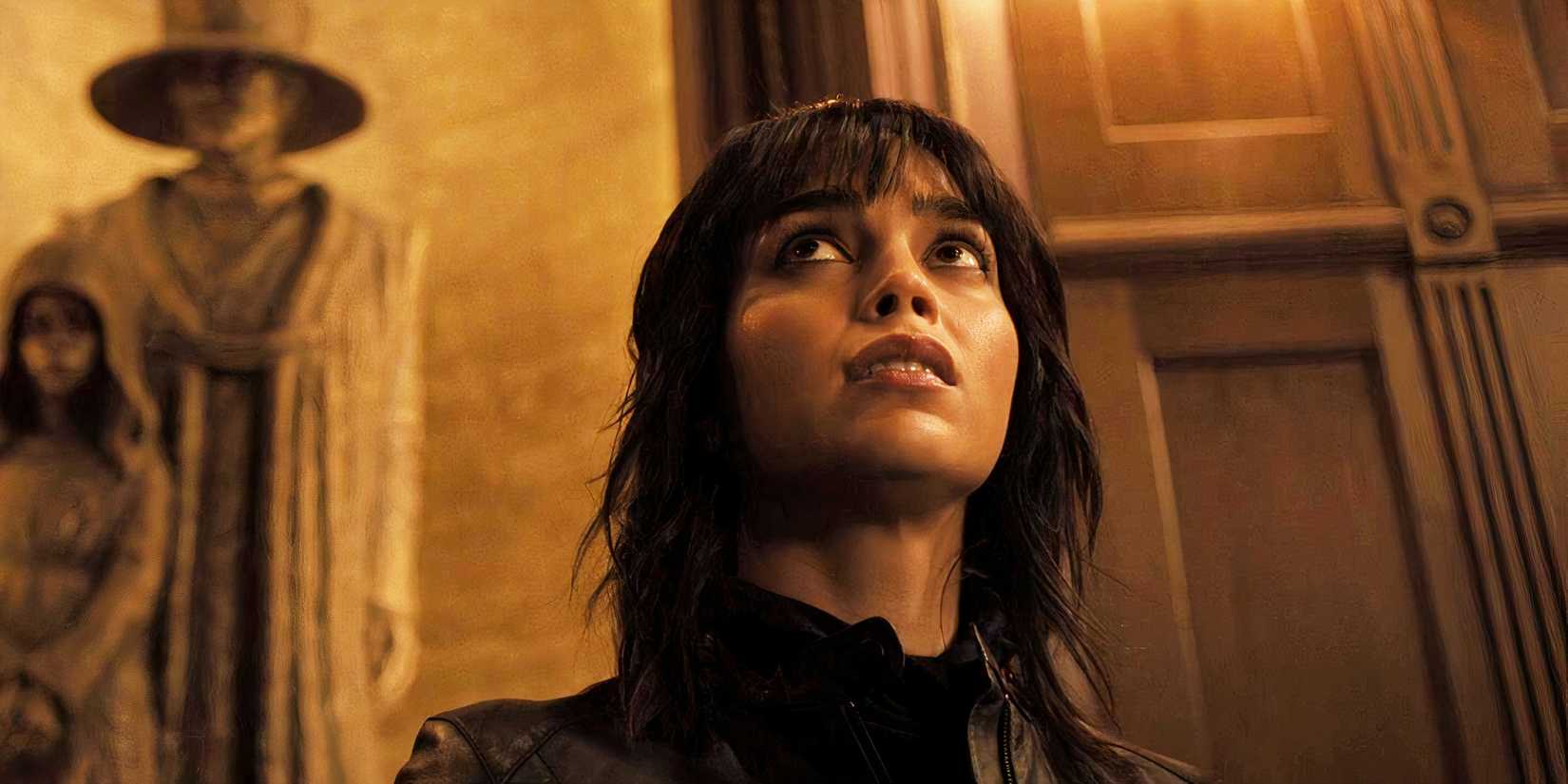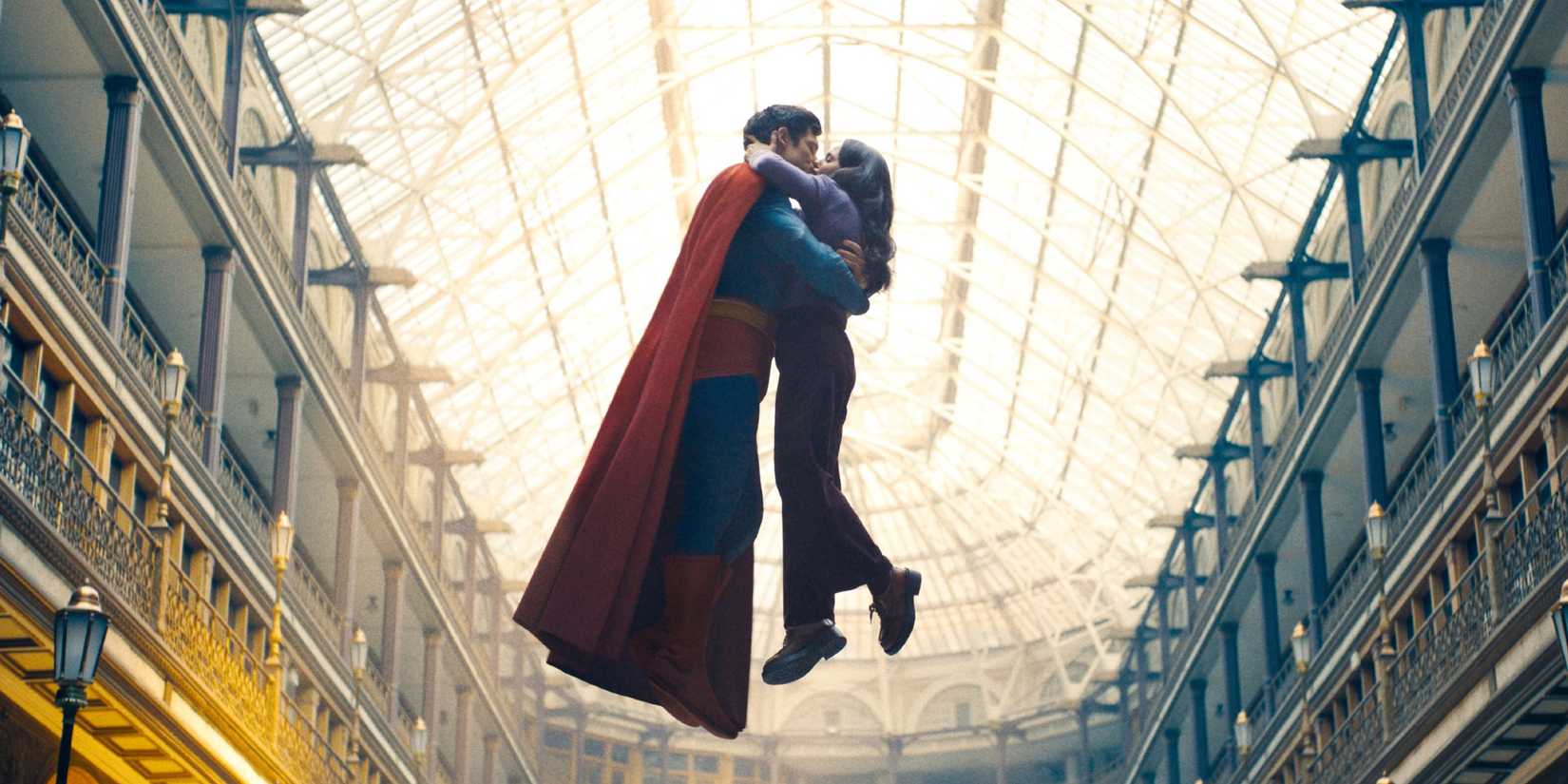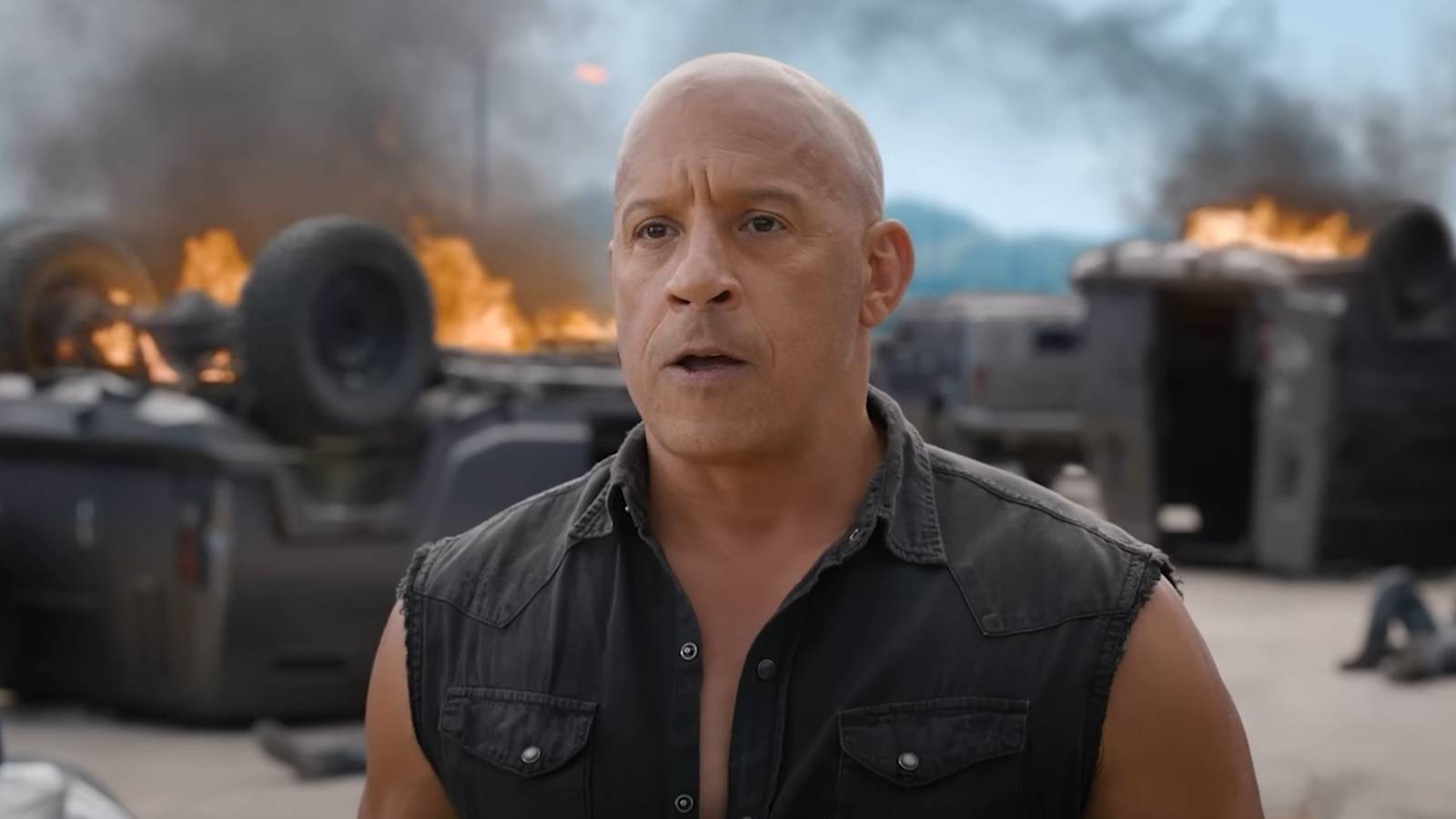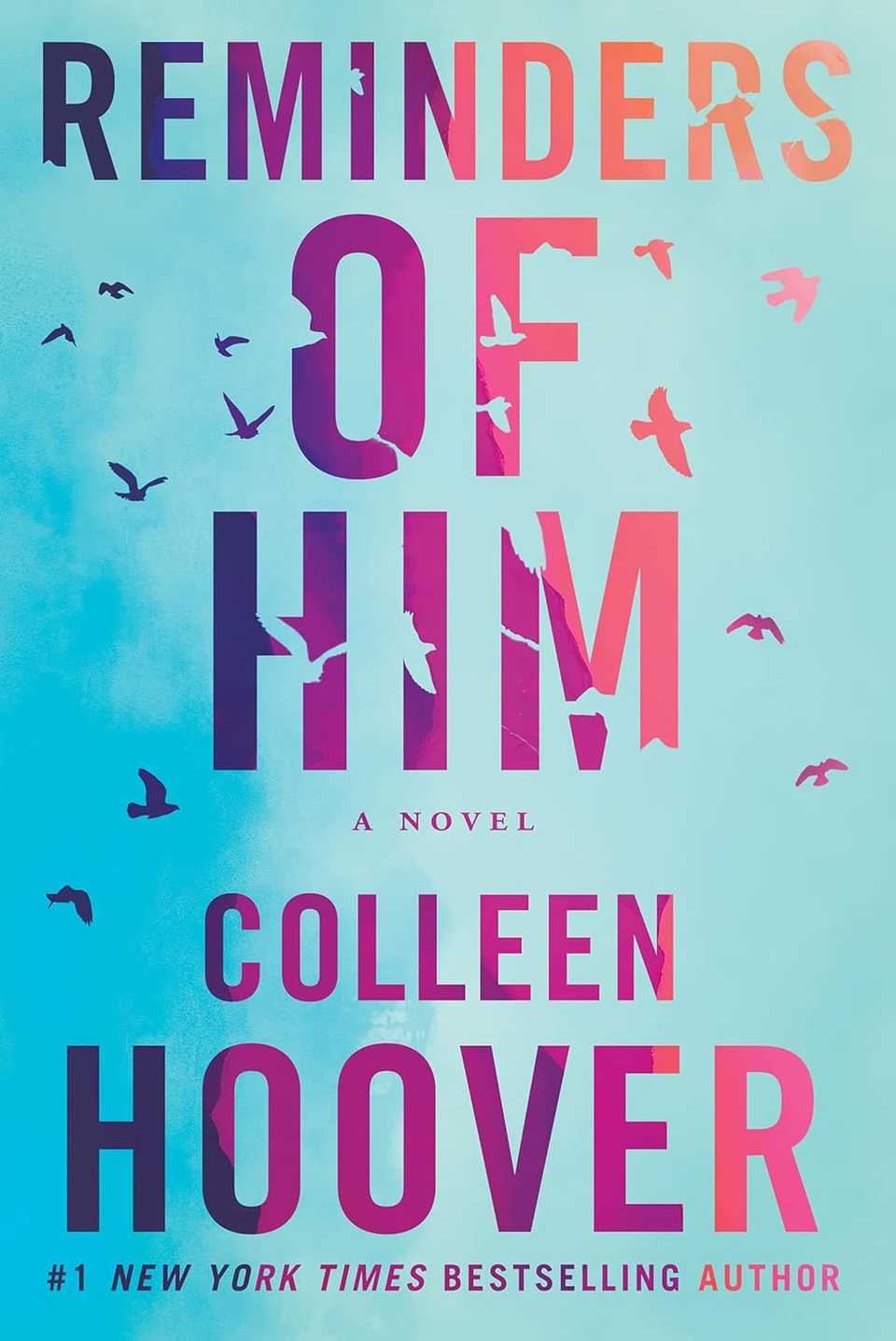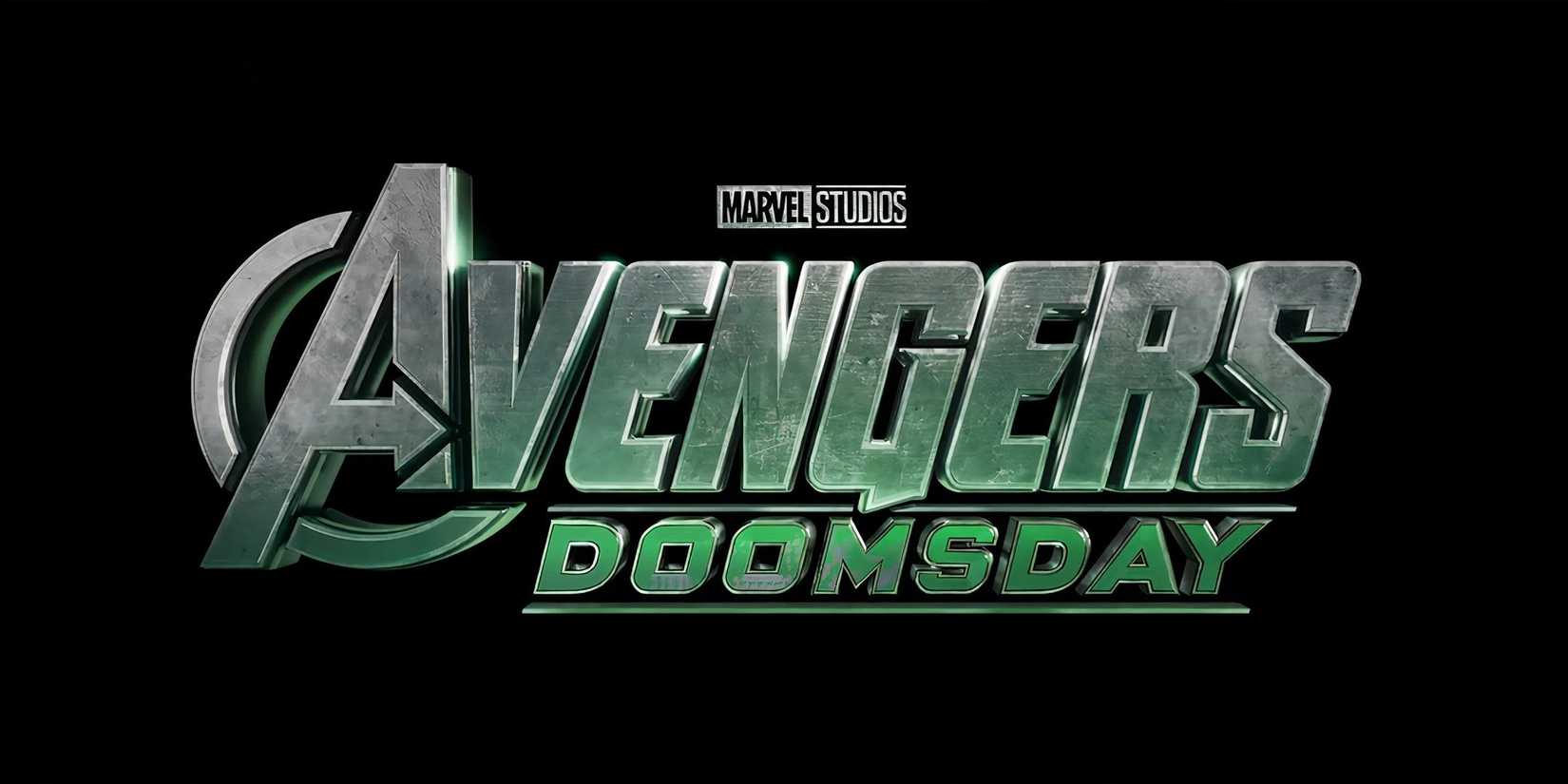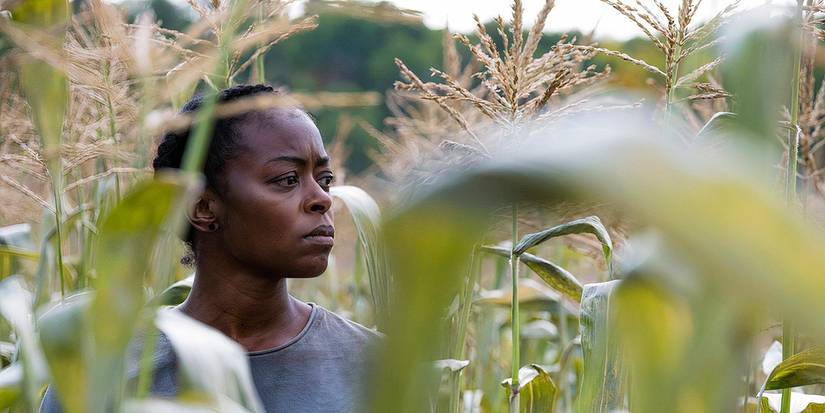Ewan McGregor recently revealed the technical difficulties behind filming the iconic duel between Obi-Wan Kenobi, Darth Maul (Ray Park), and Qui-Gon Jinn (Liam Neeson) in Star Wars: Episode I – The Phantom Menace. The 1999 movie marked the first entry in George Lucas’ Star Wars prequel trilogy that tells the origin story of Darth Vader.
In The Phantom Menace, Qui-Gon and Obi-Wan rescue Queen Amidala (Natalie Portman) and escape to Tatooine, where they discover Anakin Skywalker (Jake Lloyd). They returned to Naboo to fight against the Trade Federation and face Darth Maul in a lightsaber battle. Qui-Gon is fatally injured, and Obi-Wan then defeats Darth Maul.
In an interview with Collider, McGregor broke down the unique way the sequence was filmed. From the point when Qui-Gon was injured, everything went “up a notch.” They were going so fast that Lucas had to “overcrank” the camera so that the playback would be a slowed-down version, which the director thought would be more believable. Check out McGregor’s full comments below:
When Qui-Gon’s been cut down, that… it goes up a notch there. All of that fight was amazing to do, getting stuck behind the laser doors and all that stuff. But that part, it’s just next level. […]
When me and Ray did that fight… George — I’ve got to get this right — over-cranked. We used to shoot on film, and you can adjust the speed that the film’s going through the camera. If you want it to be slow motion, you make the camera run really fast so when you play it back, it’s in slow motion.
I remember hearing him saying, “They’re going too fast. Slightly over-crank the camera.” So they over-cranked the camera to make it slightly slower because me and Ray were so fast doing this fight. He was worried that people wouldn’t believe it.
What This Story Means For Star Wars: Episode I – The Phantom Menace
The duel, as presented in the movie, is already intense and fast. However, McGregor’s comments reveal that the actual fight they did for the scene was even faster, and it made the legendary filmmaker worry about its legitimacy. In the same interview, McGregor further shed some light on how rough the lightsaber battles really were behind the scenes.
The actor explained that the props were “made of metal,” and the ones they used in the battle scenes were “lightsaber handles with no guard.” When he filmed fighting Hayden Christensen in the subsequent Star Wars, they had the blades replaced after every take. They were going at it so hard that the blades would be “a big bent shape.”
While the iconic duel between Obi-Wan and Darth Maul seems tough, it appears that Obi-Wan and Anakin’s lightsaber battles were even tougher.
Our Take On This Story Behind The Iconic Duel In The Phantom Menace
McGregor received extensive sword and hand-to-hand combat training to prepare for the role of Obi-Wan Kenobi in the Star Wars prequel trilogy. The original “Duel of Fates” sequence is already very impressive, but it appears that McGregor and Parker may have been a little too fast for the camera.
Additionally, the fact that the prop would bend after filming each take reveals how intense the lightsaber scenes truly were. In the prequel trilogy, Obi-Wan and Anakin frequently engage in duels and sparring as Master and Padawan, but they only have one true lightsaber fight.
In Star Wars: Episode III – Revenge of the Sith, Obi-Wan defeats Anakin on Mustafar and leaves him to die. The battle marks the end of their friendship and leads to Anakin’s transformation into Darth Vader. It’s hard to believe the intensity of filming this scene or that the duel in Star Wars: The Phantom Menace is, in fact, the slow-motion version.
